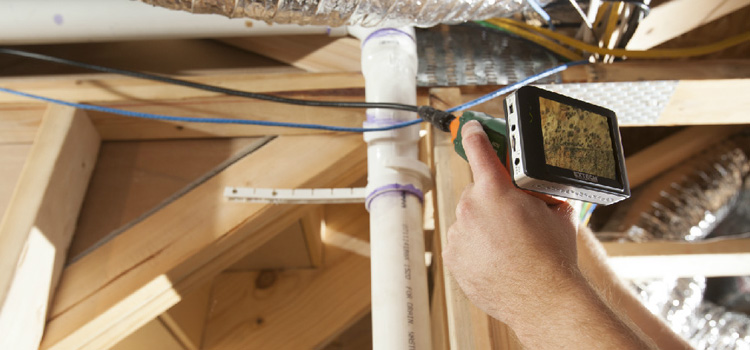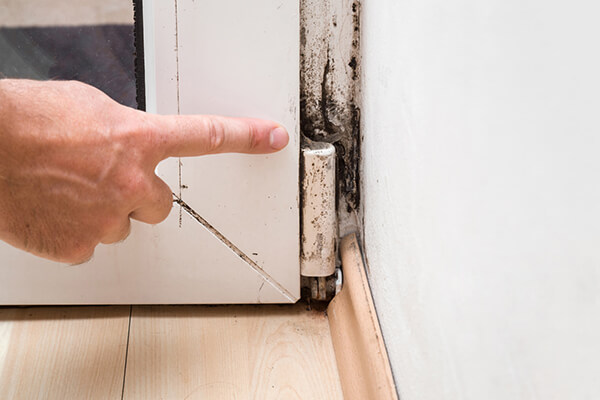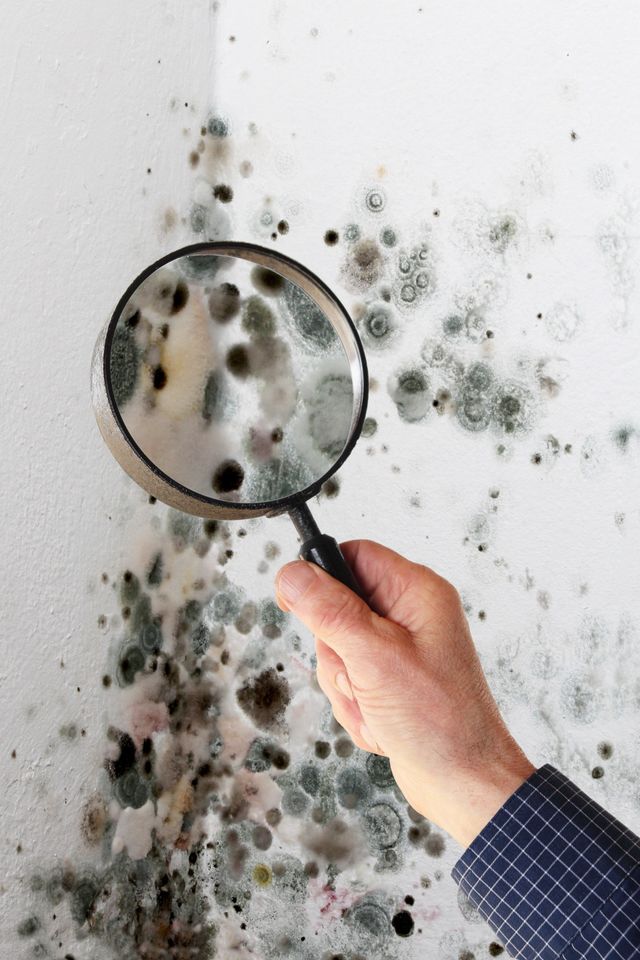Comprehensive Post Mold Remediation Procedures
Comprehensive Post Mold Remediation Procedures
Blog Article
Your Ultimate Guide to Article Mold And Mildew Remediation Techniques
In the results of mold invasion, recognizing just how to effectively eradicate the mold and stop its reoccurrence is critical for maintaining a healthy and balanced indoor setting. From choosing the ideal cleaning and sanitizing approaches to executing approaches for long-term mold and mildew avoidance, each step in the remediation trip plays an important duty in making sure an effective result.
Understanding Post-Mold Removal Process
After completing the mold removal process, it is essential to understand the post-mold removal techniques that are essential to make sure a complete and efficient clean-up. Once the mold has actually been eliminated, the following action involves cleansing and sanitizing the affected locations to stop any regrowth of mold.
In addition, performing a last inspection post-remediation is important to guarantee that all mold has been successfully eradicated. This inspection should entail a complete aesthetic check as well as potentially air tasting to confirm the lack of mold and mildew spores in the air. Extra remediation may be necessary if the assessment exposes any type of remaining mold and mildew. Last but not least, educating residents on precautionary actions such as controlling wetness degrees and promptly addressing any type of water leakages can assist preserve a mold-free atmosphere.
Efficient Cleaning and Disinfecting Techniques

Avoiding Future Mold Growth

Value of Appropriate Air Flow
Appropriate ventilation plays a critical duty in avoiding moisture accumulation, a vital consider mold growth within indoor environments. Reliable ventilation systems help remove excess moisture from the air, minimizing the chances of mold and mildew spores discovering the dampness they need to spread and sprout. Without adequate air flow, indoor areas can end up being a breeding ground for mold and mildew, resulting in potential health threats and architectural damage.
By guaranteeing proper air circulation, air flow systems can also assist in drying moist areas extra swiftly after water damage or flooding cases, additionally discouraging mold and mildew development. Post Remediation verification. In spaces like bathrooms, kitchen areas, basements, and attic rooms where moisture degrees tend to be greater, setting up and keeping reliable air flow systems is crucial in avoiding mold invasions

Surveillance and Maintenance Tips
Provided the crucial role that correct ventilation plays in avoiding mold development, it is crucial to develop effective surveillance and maintenance suggestions to ensure the ongoing functionality of air flow systems. Normal examinations of air flow systems ought to be performed to look for any type of indicators of blockages, leaks, or breakdowns that could restrain proper air movement. Tracking moisture levels within the residential property is likewise essential, as high moisture can contribute to mold and mildew growth. Mounting a hygrometer can help track moisture degrees and sharp house owners to resource any kind of spikes that may require attention. Furthermore, ensuring that air filters are frequently cleansed or replaced is vital for keeping the efficiency of the ventilation system. Applying a schedule for routine upkeep jobs, such as duct cleaning and cooling and heating system assessments, can help avoid concerns prior to they escalate. By staying alert and aggressive to the condition of ventilation systems, building owners can successfully minimize the risk of mold regrowth and preserve a healthy indoor atmosphere.
Final Thought
To conclude, post-mold remediation techniques are essential for ensuring a secure and tidy atmosphere. Comprehending the process, executing effective cleansing and decontaminating techniques, protecting against future mold and mildew growth, preserving correct air flow, and routine monitoring are all critical steps in the remediation procedure. By following these standards, you can effectively eliminate mold and mildew and prevent its return, working or advertising a healthy living room for all passengers.
In the consequences of mold invasion, knowing just how to successfully eliminate the mold and mildew and stop its reoccurrence is extremely important for preserving a healthy indoor setting. As soon as the mold and mildew has actually been eliminated, the next action includes cleansing and disinfecting the influenced areas to prevent any kind of regrowth of mold - what to do after mold remediation. After eliminating visible mold development, it is crucial to clean all surface areas in the affected area to remove any continuing to be mold spores. To better enhance mold and mildew prevention actions, it is important to deal with underlying click here for more info issues that at first led to mold and mildew development.Offered the vital duty that proper air flow plays in preventing mold growth, it is vital to develop efficient surveillance and upkeep pointers to make certain the ongoing functionality of air flow systems
Report this page